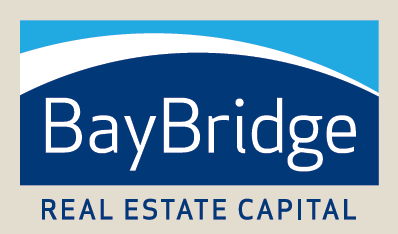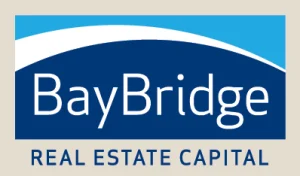Texas is renowned for its low regulation, favorable tax policies and affordable cost of living. These factors have contributed to its emergence as the ninth-largest economy in the world by nominal GDP. However, as Texas’ economy continues to flourish, the cost of living in the state has steadily increased, leading to a growing housing crisis.
Since 2000 Texas has experienced a staggering 50% increase in population. Census data suggests that the population could reach 55 million by 2050. Despite this significant surge, housing production has remained stagnant, exacerbating the housing shortage. The demand for housing has far outstripped supply, leading to a drastic rise in home prices. Since the start of the pandemic in 2020, house prices surged by more than 45%, making it increasingly challenging for many Texans to afford a home.
Former Governor Rick Perry is widely credited as the architect of the “Texas Miracle,” a term coined to describe the state’s impressive economic resilience during the 2008 recession. While other states suffered the ramifications of a recession, Texas experienced a surge in corporate relocations, contributing to its economic growth. Perry firmly believed in a laissez-faire approach to governance. He argued that by keeping taxes, regulations and litigation at a minimum while fostering a skilled workforce, Texas would attract entrepreneurs and create a conducive environment for development.
Taking on a different approach, housing advocates suggest creating a reformed state version of the federal low-income housing tax credit (LIHTC) program. Texas has more than 2,500 LIHTC properties that provide shelter for more than 210,000 families. Under state law, nonprofit institutions known as public facility corporation (PFCs) qualify for property tax and construction materials sales tax exemptions. This exemption is explicitly for the construction, acquisition or repair of property intended for use as a public facility. PFCs are established by government entities, such as school districts, municipalities, counties and housing authorities.
At an alarming level of use and abuse, savvy developers continue to reduce their tax expenses through a loophole in PFC guidelines. To qualify for the tax exemption, private apartment developers transfer the land to the PFC. Subsequently, the PFC leases the land back to the developer, and the government entity overseeing the process receives compensation for its participation. A study by the University of Texas School of Law determined the average tax break is $1 million per property. Texas lawmakers believe these tax breaks significantly outweigh the benefit to the public. Another troubling fact is that the public housing authorities who approve these projects are unelected officials exempt from political culpability.
The Texas housing crisis presents a critical challenge to the state’s economic success. As the population continues growing and housing prices soar, policymakers and stakeholders must work together to strike a balance between economic growth and affordable living. Finding innovative solutions and addressing the housing crisis at the local and state levels will be crucial in ensuring a prosperous future for all Texans.
- McCarty, Maddy. (2023, Feb 13) “Texas Senate Bill Would Close Affordable Housing Property Tax Loophole.” Bisnow, retrieved July 21, 2023 from www.bisnow.com
- DOMUS, R (2023, Feb 16) “Affordable Housing in Texas: and the Enormous Tax Credits That Come along with It.” Retrieved July 21, 2023 from DOMUS.beehiiv.com

